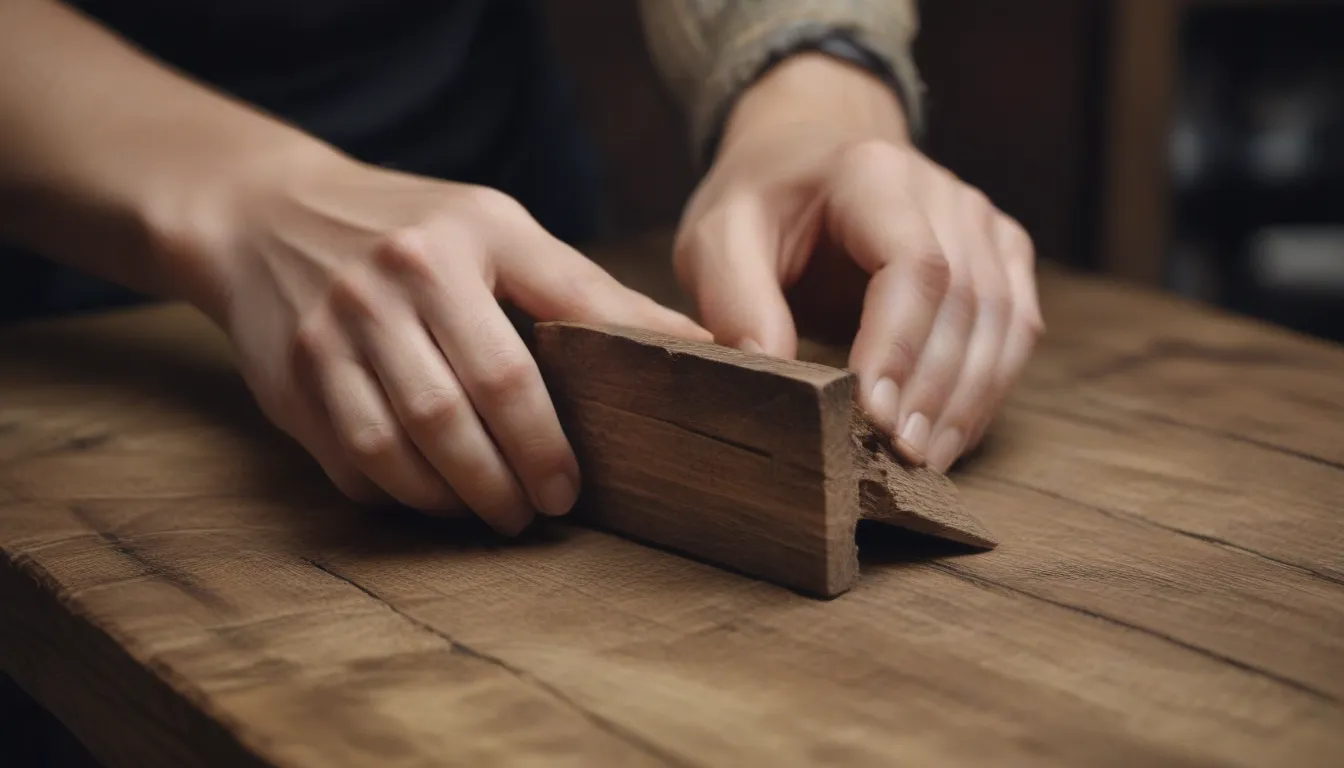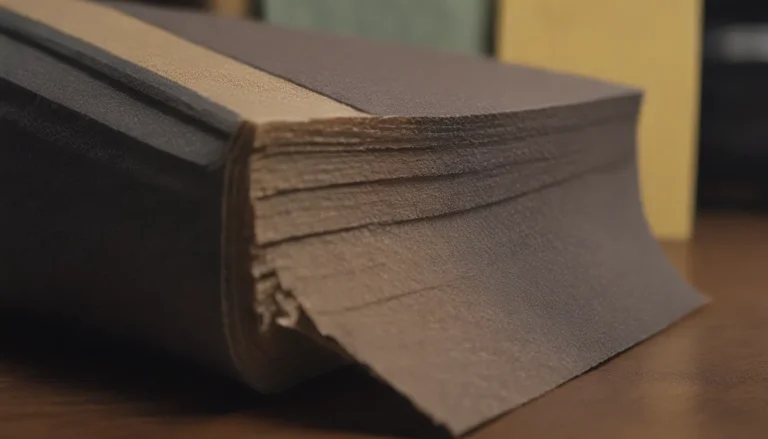Mastering the Art of Hand Planing: A Comprehensive Guide

Are you looking to add a new tool to your woodworking arsenal? Look no further than the hand plane! This classic manual tool has been a staple for woodworkers for generations, and for good reason. Inexpensive, versatile, and easy to handle, the hand plane is a must-have for any DIY enthusiast or woodworking hobbyist.
Why You Need a Hand Plane in Your Toolbox
The hand plane is not just for fine carpentry – it also has a solid place in the world of home improvement. Unlike sanding, which can sometimes be imprecise, a hand plane can shave off micro-thin amounts of wood with precision and accuracy. Whether you’re smoothing out rough edges, trimming down door edges, or creating beautiful chamfers, a hand plane can do it all.
Choosing the Right Hand Plane for the Job
When it comes to selecting a hand plane, size matters. Hand planes range from about 6 inches to 14 inches in length and about 2 inches wide, with a razor-sharp blade at the bottom. While it may be tempting to opt for a smaller plane for easy handling, longer planes provide a smoother finish by bridging any gaps or humps in the wood.
Types of Hand Planes:
- Jack Plane: Ideal for general-purpose work and smoothing larger surfaces.
- Block Plane: Great for trimming end grain and making small adjustments.
- Smoothing Plane: Perfect for creating a flawless finish on your woodwork.
Safety First: Handling Your Hand Plane With Care
Before you start planing away, it’s important to prioritize safety. The blade of a hand plane is razor-sharp, so always handle the tool with caution. Remember these safety tips:
– Never place your hand or any body part in front of the plane during use.
– Always push the plane away from you to prevent accidents.
– Keep your fingers away from the blade at all times.
How to Sharpen Your Hand Plane Blade
A sharp blade is essential for effective hand planing. Here’s how you can keep your blade in top condition:
1. Remove the Blade: Unscrew the blade from the plane.
2. Add Sharpening Oil: Apply a few drops of sharpening oil to a whetstone.
3. Sharpen One Side: With the blade at a 23-25 degree angle, slide it in slow circles on the whetstone.
4. Sharpen the Opposite Side: Turn the blade over and repeat the process to remove any burrs.
Mastering the Art of Hand Planing
To achieve the best results with your hand plane, follow these steps:
1. Secure the Work Material: Clamp down your work material securely to prevent any movement.
2. Position the Plane Blade: Lock the blade in place with the hand screw, ensuring it extends slightly from the bottom of the plane.
3. Consider the Grain: Always plane in the direction of the wood’s grain to avoid splintering.
4. Use a Sacrificial Block: When planing across grain lines, use a sacrificial block to prevent damage to your work material.
5. Push the Plane Forward: With firm, decisive movements, push the plane forward to cut through the wood smoothly.
Pro Tips for Hand Planing Success
- Maintain a Sharp Blade: Regularly sharpen your blade for optimum performance.
- Practice Makes Perfect: Don’t be discouraged if your first few attempts are less than perfect. Hand planing takes practice.
- Start Light: Begin with small, shallow cuts to avoid removing too much material at once.
- Adjust as Needed: Fine-tune the depth of your cuts to achieve the desired results.
By mastering the art of hand planing, you can take your woodworking skills to the next level. With a bit of practice and patience, you’ll soon be creating beautifully smooth surfaces and precise edges with ease. So, grab your hand plane and get ready to transform your woodworking projects!





